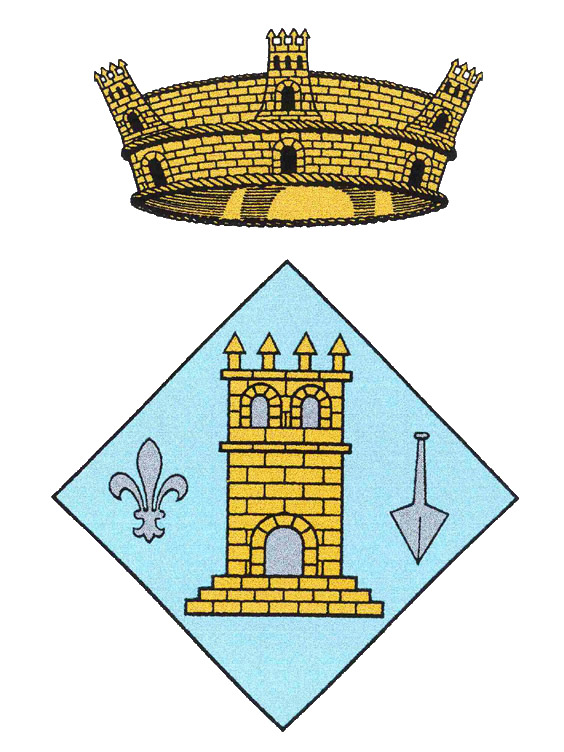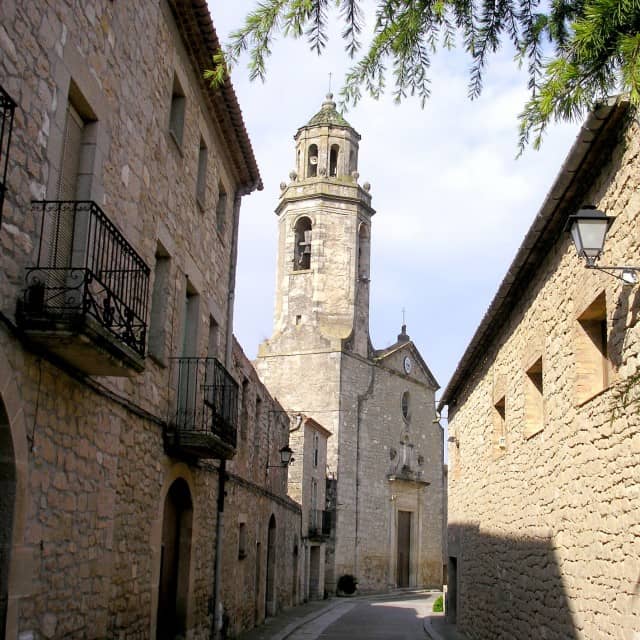-
C/ Montserrat, 7
25480 Tarrés - 973 17 56 20
- 973 17 57 01
- ajuntament@tarres.cat
- https://www.tarres.cat/
Tarrés has 105 inhabitants (2022) and is known for the stone facades of its constructions. Taking a stroll around these old streets you will appreciate the harmonious ambiance of this urban complex of houses and streets. Prominent among the buildings is the Assumpció de Maria parish church from the 18th-19th centuries, with an impressive two-level octagonal belltower.
Just beside the parish church is Cal Magre (1809), which has a beautiful arcaded façade. The Town Hall’s large semi-circular arch is also worth seeing.
This town has three curious sites. The first is Plaça de La Font, with the original troughs, once used to water animals and launder clothing. The second is La Ferreria, where the tools from the old Tarrés smithery are displayed; and the third is the Santa Creu hermitage on the outskirts. It is an old barn converted into a place of worship.
The large forest within the area is the ideal place for mountain biking. You can also enjoy nature and culture taking one of the routes, created for you. In the circuits of the lime route La ruta de la calç, you will learn about important for the village production of lime. Many of the ancient lime kilns still remain in the woods, as well as other dry-stone constructions like field boundaries and stone huts with the vaulted roofs. You will also discover along the route, a nature place of exceptional beauty Comes de Montgrat. La ruta dels camins de l’aigua al secà (the route of water in the dryland) will take you to springs, pools, wells, cisterns and enormous trees such as the oak reboll de l’Engràcia. Along the route you can take a rest in properly equipped areas such as Fontfreda.
Tarrés is a forest, lime, water and stone. Many quarries now abandoned, once used to supply stone for the Palace of King Martí l’Humà in the neighboring Cistercian monastery of Poblet.





